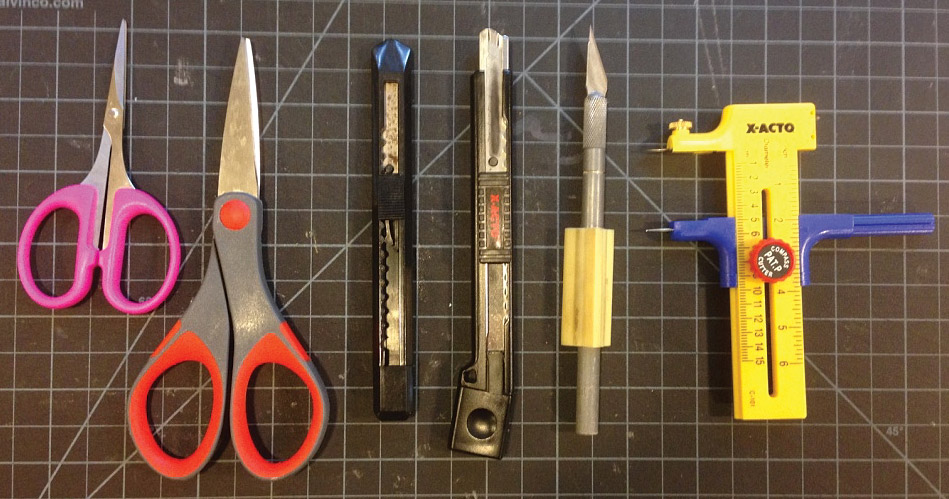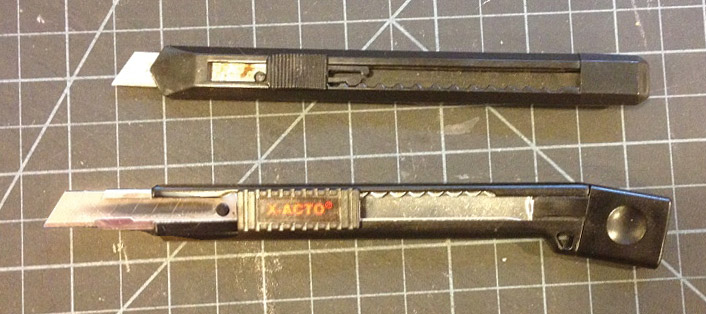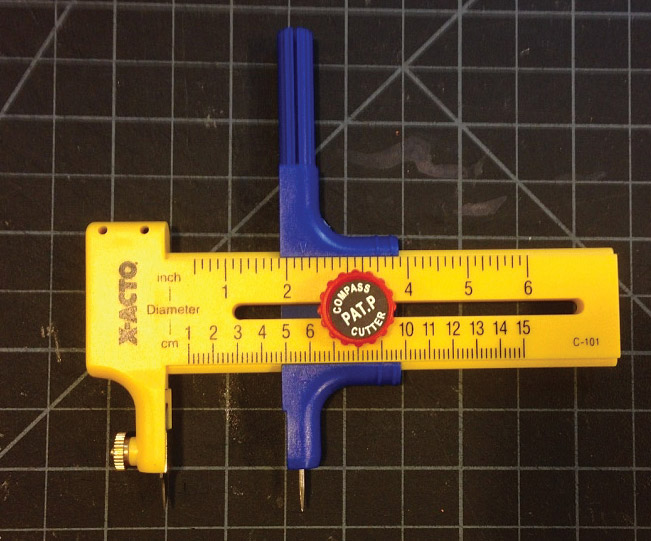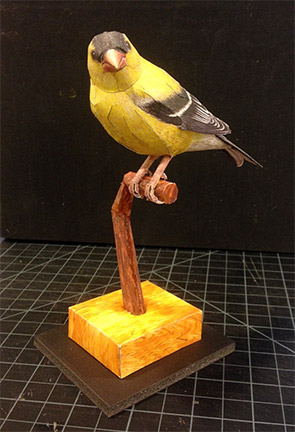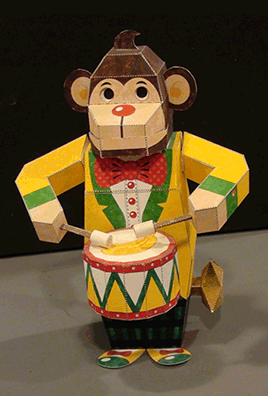
The official name of the piece is “ModelShop Automata Collection – The Dragon on the Cloud”. Quite a mouth full for this deceptively simple machine, but like its long title it packs a whopper in its simplicity.
What You Get
The packaging is a stiff cardboard folder with a single sheet (folded) instructions and 8 sheets of diecut and scored sheets of paper. The packaging is all in Taiwanese (except for a few words) and the instructions come in Taiwanese and English.
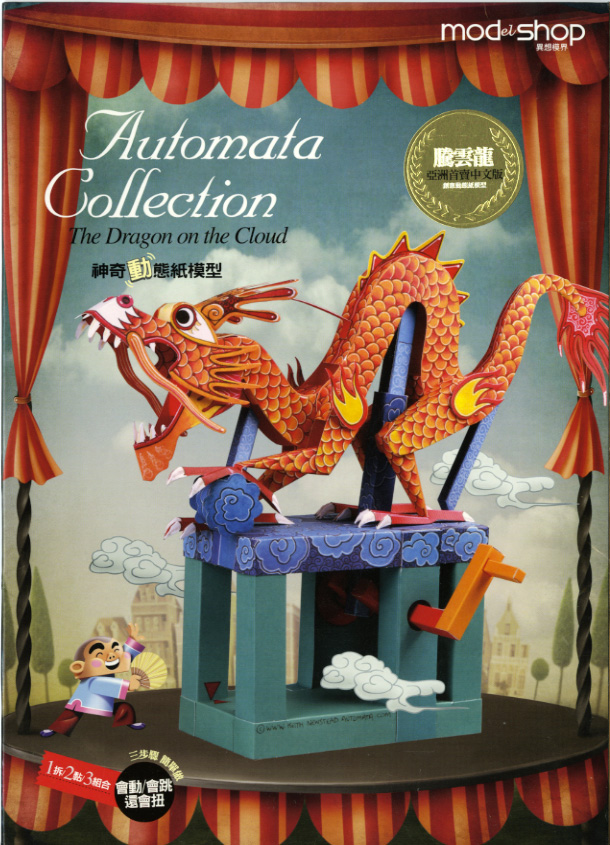
The Instructions
The instructions are great and easy to follow. Keith supplied his usual process drawings and it makes proper assembly a breeze.
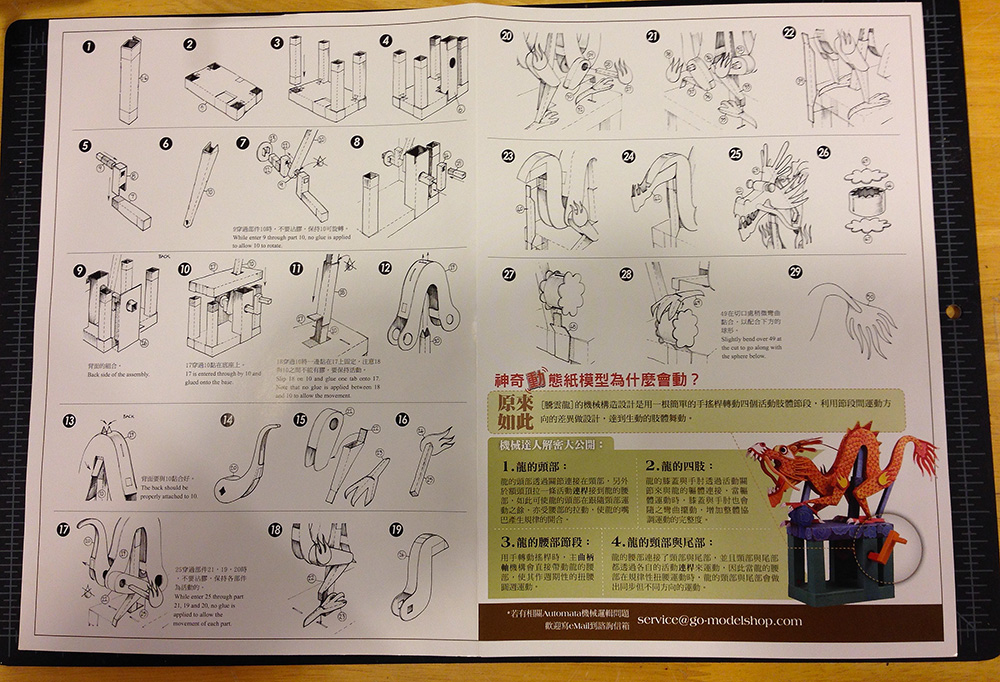
The Paper
The paper quality is what makes or breaks a model. 90% of my gluing is done with white glue so how well that it glues the paper is my first concern. We’ll I’m happy to say that the paper is excellent, the die cuts were excellent and 100% on register. The paper is just right, sorta a satin finish between mat and glossy (more mat though). It takes glue fantastically but more importantly, it bends and curves wonderfully without creasing, very important in a kit like this with tons of curved parts.
Assembly
Assembly was fun, nothing too complex or hard to follow. This would be a great kit for yourself or to build with your kids. The total build time falls somewhere between 3 and 5 hours. There are some areas that you will need to slow down and be extra patient with:
- The curves of the body will need some slow attention make look good.
- The cloud and foot that attach to the base was the most difficult part to keep attached while the glue stuck. A little patience and you’ll be fine.
- Attaching the shaft to the body is another area where a little patience is needed.
- When inserting the base posts into the bottom base, make sure that the posts go all the way to the table top – don’t line them up with the white glue areas as this will affect when you glue on the top platform of the base.
The Mechanism
The automata is a single simple crank slider with 3 additional linkages. For such a simple mechanism (the same kind used in the common flying pig automata) the motion is incredible and very life-like. It feels like there are many more mechanics in work than there actually are. On mine the paper crank rubbing up against the base makes a delightfully unintentional squeaking noise as the dragon opens it mouth – priceless!
The Good
Its all good! The paper, the presentation, the instructions and the final model are all superb. The paper is a real stand out to me as being fantastic quality for a paper kit.
The Bad
There is one thing that I would change on this kit. I would have liked to see some sort of glue area or directional placement on the flames that are attached to the ends of the shoulder and hip shafts. Getting all four aligned with each other was a little tricky.
If you like kits, do yourself a favor and pick this one up. In North American you can get it from Puzzle Master Inc
Puzzle Master’s Automata
